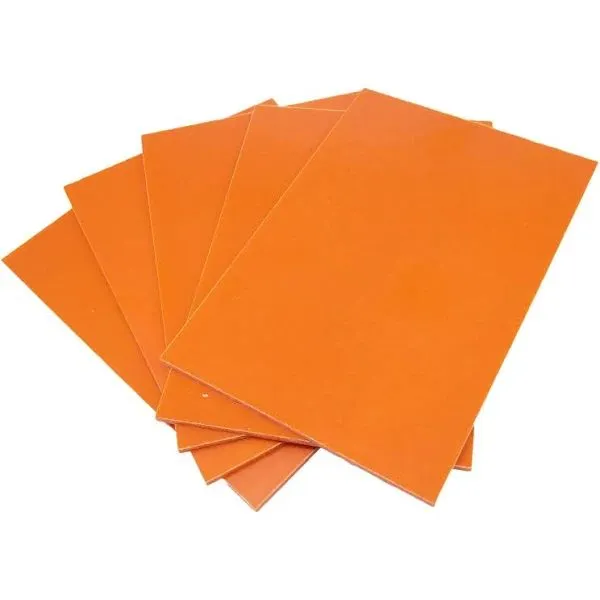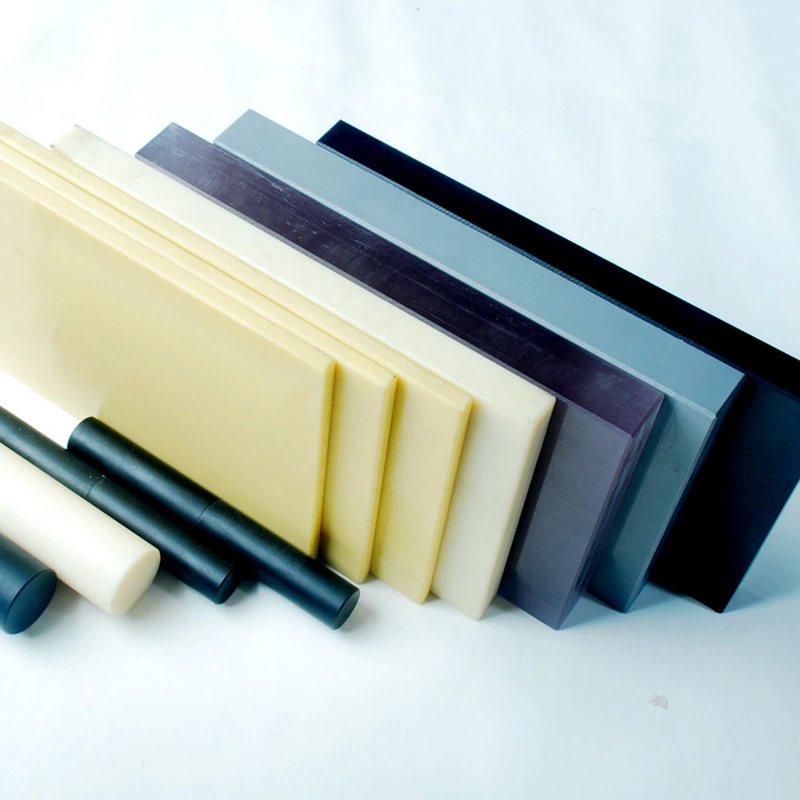The role of glass fiber
2024-12-30 16:35:56
Glass fiber plays a crucial role in various industries, serving as a versatile and indispensable material with a wide range of applications. Its primary function is to provide strength, insulation, and reinforcement in numerous products and structures. Glass fiber's exceptional properties, including high tensile strength, low weight, and excellent thermal and electrical insulation capabilities, make it an ideal component in composite materials, construction, automotive, aerospace, and electronics industries. By enhancing the durability, performance, and efficiency of countless products, glass fiber has become an essential element in modern manufacturing and engineering, contributing significantly to technological advancements and sustainable solutions across diverse sectors.
Properties and Characteristics of Glass Fiber
Chemical Composition and Structure
Glass fiber is primarily composed of silica (SiO2) along with other oxides such as calcium, boron, and aluminum. The precise composition varies depending on the specific type of glass fiber being produced. The material is created by melting these raw materials at high temperatures and then extruding them through tiny holes to form fine filaments. These filaments are then bundled together to create glass fiber strands or rovings. The unique chemical structure of glass fiber results in its amorphous, non-crystalline nature, which contributes to its exceptional properties.
Mechanical Properties
One of the most remarkable aspects of glass fiber is its impressive mechanical properties. It boasts a high tensile strength-to-weight ratio, making it stronger than many metals on a weight-for-weight basis. This characteristic allows for the creation of lightweight yet robust structures and components. Glass fiber also exhibits excellent resistance to stretching and elongation under stress, maintaining its shape and integrity even under significant loads. Additionally, its flexibility allows it to be woven into various forms and shapes, enhancing its versatility in different applications.
Thermal and Electrical Properties
Glass fiber is renowned for its exceptional thermal insulation properties. It has a low thermal conductivity, which means it effectively resists the transfer of heat. This quality makes it an excellent choice for insulation in buildings, appliances, and industrial equipment. Furthermore, glass fiber maintains its structural integrity and performance across a wide temperature range, from cryogenic conditions to elevated temperatures. In terms of electrical properties, glass fiber is an excellent electrical insulator. Its high dielectric strength and low dielectric constant make it ideal for use in electrical and electronic applications, particularly in printed circuit boards and insulation for electrical wiring.
Applications of Glass Fiber in Various Industries
Construction and Infrastructure
In the construction industry, glass fiber reinforced polymers (GFRP) have revolutionized building practices. These materials are used in the fabrication of lightweight, durable, and corrosion-resistant structural components. Glass fiber reinforced concrete (GFRC) is another innovative application, enhancing the tensile strength and crack resistance of concrete structures. The material's insulation properties are harnessed in the production of fiberglass insulation, which is widely used in residential and commercial buildings to improve energy efficiency. In infrastructure projects, glass fiber composites are utilized in bridge decks, utility poles, and underground storage tanks, offering superior durability and reduced maintenance requirements compared to traditional materials.
Automotive and Aerospace Industries
The automotive sector has embraced glass fiber composites to reduce vehicle weight, improve fuel efficiency, and enhance safety. These materials are used in body panels, bumpers, and interior components. In high-performance vehicles, glass fiber reinforced plastics contribute to aerodynamic designs and increased strength-to-weight ratios. The aerospace industry relies heavily on glass fiber composites for aircraft components, including fuselage sections, wing structures, and interior panels. The material's high strength, low weight, and resistance to fatigue make it ideal for these demanding applications, contributing to improved fuel efficiency and performance in aircraft.
Electronics and Telecommunications
Glass fiber plays a pivotal role in the electronics and telecommunications industries. Fiberglass is widely used in the manufacture of printed circuit boards (PCBs), providing a stable and insulating substrate for electronic components. The material's low dielectric constant and loss tangent make it ideal for high-frequency applications. In telecommunications, glass fiber optics have revolutionized data transmission, enabling high-speed, long-distance communication with minimal signal loss. The use of glass fiber in these industries has facilitated the rapid advancement of digital technologies and global connectivity.

Environmental Impact and Sustainability of Glass Fiber
Energy Efficiency and Carbon Footprint
The utilize of glass fiber in different applications contributes essentially to energy efficiency and decreased carbon emissions. In the construction sector, fiberglass insulation makes a difference minimize warm loss in buildings, driving to lower vitality utilization for warming and cooling. In the automotive and aerospace businesses, the lightweight nature of glass fiber composites comes about in made strides fuel effectiveness and diminished emissions. The generation of glass fiber itself has gotten to be more energy-efficient over the a long time, with producers actualizing progressed dissolving advances and squander warm recovery systems. These advancements have made a difference to diminish the in general carbon impression related with glass fiber generation.
Recyclability and Waste Management
The recyclability of glass fiber composites has been a subject of increasing focus in recent years. While recycling these materials presents challenges due to their complex composition, significant progress has been made in developing effective recycling technologies. Mechanical recycling processes can recover glass fibers from composite waste, which can then be reused in new applications. Chemical recycling methods are also being developed to separate and recover the constituent materials of glass fiber composites. Additionally, the durability and long lifespan of glass fiber products contribute to waste reduction by extending the service life of various structures and components.
Innovations in Sustainable Glass Fiber Production
The glass fiber industry is effectively pursuing innovations to enhance the supportability of its products and generation forms. Investigate is continuous into the improvement of bio-based resins and characteristic fiber reinforcements that can be utilized in conjunction with glass filaments to make more ecologically neighborly composites. A few producers are investigating the utilize of reused glass as a raw material for glass fiber generation, decreasing the request for virgin assets. Also, headways in furnace technology and prepare optimization are persistently making strides the vitality effectiveness of glass fiber generation. These developments demonstrate the industry's commitment to lessening its environmental affect and contributing to a more maintainable future.
Conclusion
Glass fiber has established itself as an indispensable material over various businesses, revolutionizing manufacturing forms and item execution. Its interesting combination of quality, lightweight properties, and flexibility proceeds to drive development in construction, automotive, aerospace, and electronics sectors. As maintainability gets to be progressively imperative, the glass fiber industry is adjusting by moving forward generation proficiency, investigating recyclability, and creating eco-friendly choices. The continuous headways in glass fiber innovation guarantee to advance grow its applications, guaranteeing its significant part in forming the future of materials science and designing.
Contact Us
If you're interested in learning more about our high-quality insulating sheets and how they can benefit your projects, we invite you to get in touch with us. Our team of experts is ready to provide you with detailed information and personalized solutions. Contact us today at info@jhd-material.com to discover how our 20+ years of experience in producing and selling insulating sheets (94V0 FR4 Fiberglass Sheet,3240 Epoxy Fiberglass Sheet) can add value to your business.
References
1. Smith, J. R., & Johnson, A. L. (2020). Advanced Applications of Glass Fiber Composites in Modern Engineering. Journal of Composite Materials, 54(8), 1021-1035.
2. Lee, S. H., & Chen, W. (2019). Environmental Impact Assessment of Glass Fiber Production and Recycling. Sustainability, 11(15), 4181.
3. Wang, Y., & Zhang, X. (2021). Innovations in Sustainable Glass Fiber Manufacturing: A Review. Green Chemistry, 23(12), 4502-4518.
4. Brown, M. K., & Davis, R. T. (2018). Glass Fiber Reinforced Polymers in Construction: Current Trends and Future Prospects. Construction and Building Materials, 183, 703-717.
5. Garcia-Espinel, J. D., & Castro-Fresno, D. (2020). Applications of Glass Fiber Reinforced Polymer Composites in Civil Engineering. Polymers, 12(10), 2349.
6. Thompson, L. A., & Roberts, G. P. (2022). The Role of Glass Fiber in Next-Generation Electronics and Telecommunications. IEEE Transactions on Components, Packaging and Manufacturing Technology, 12(3), 456-469.



 拷贝.webp)



